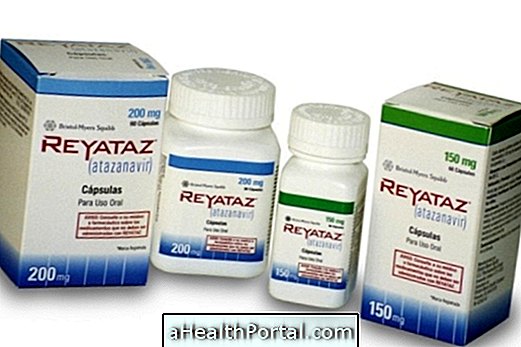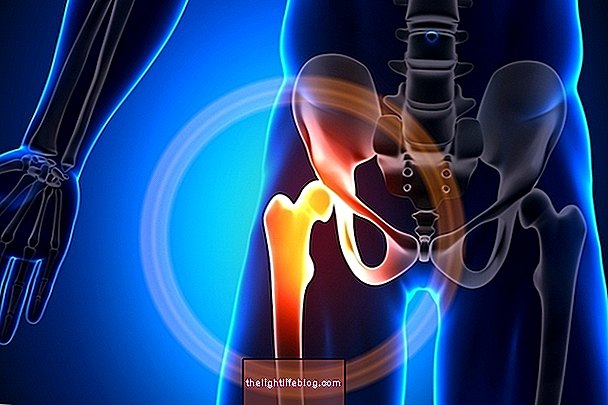The 24-hour urine test is a 24-hour urine analysis to evaluate kidney function, which is very useful for identifying and monitoring kidney disease.
This test is indicated primarily to measure kidney function or to assess the amount of protein or other substances in the urine, such as sodium, calcium, oxalate, or uric acid, for example, to identify kidney and urinary tract diseases.
To do this test, it is necessary to collect all the urine in a container of its own during a period of 24 hours, and it must be taken to the laboratory that will analyze the values. Learn more about other urine tests that exist and how to collect.

What is it for
The 24-hour urine test is used to evaluate the function of the kidneys to detect possible kidney changes by determining the amount of some substances in the urine such as:
- Creatinine clearance evaluating the rate of kidney filtration. Find out what is and when the creatinine clearence test is indicated;
- Proteins, including Albumin;
- Sodium;
- Calcium;
- Uric acid;
- Citrate;
- Oxalate;
- Potassium.
Other substances such as ammonia, urea, magnesium and phosphate can also be quantified in this test.
In this way, the 24-hour urine can help the doctor identify problems such as kidney failure, kidney tubule diseases, causes of stones in the urinary tract or nephritis, which is a set of diseases that cause inflammation of the renal glomeruli. Understand nephritis better and what it can cause.
In pregnancy, this test is usually used to determine the presence of proteins in the pregnant woman's urine for the diagnosis of pre-eclampsia, which is a complication that arises during pregnancy, in which the pregnant woman develops hypertension, fluid retention and protein loss through urine.
How to take the exam
To take the urine exam for 24 hours, the individual should follow the following steps:
- Look for the laboratory container itself;
- The next day, the next morning, after waking up, to urinate in the toilet, despising the first urine of the day;
- Note the exact time of the urination you did on the toilet;
- After you have urinated in the toilet, collect all the urines of the day and night in the container ;
- The last urine to be collected in the container should be at the same time of the previous day's urine as you did in the toilet with a tolerance of 10 minutes.
For example, if the subject urinated at 8 o'clock a day, urine collection should end at exactly 8 o'clock the next day or at least 7:50 p.m. and at most 8:10 p.m.
Care during collection of urine
During the collection of 24-hour urine, it is necessary to take certain care as:
- If you are to evacuate, you should not urinate in the toilet because all the urine should be placed in the container;
- If you are taking a shower, you can not urinate in the bath;
- If you leave home, you must carry the container with you or you can not urinate until you return home;
- You can not have a menstrual 24-hour urine test.
Between urine collections, the container should be in a cool, preferably cooled, place. When the collection is complete, the container should be taken to the laboratory as soon as possible.

Reference values
Some of the reference values for the 24-hour urinalysis are:
- Clearance of creatinine between 80 and 120 ml / min, which may be decreased in kidney failure. Understand kidney failure and how to treat it;
- Albumin: less than 30 mg / 24 hours;
- Total proteins: less than 150 mg / 24 hours;
- Calcium: no diet until 280 mg / 24h and with diet 60 to 180 mg / 24h.
These values may vary according to the age, sex, health conditions of the person and the laboratory taking the test, so they should always be evaluated by the doctor, who will indicate the need for a treatment.
The 24-hour urine test due to the difficulty in collecting and frequent errors that may occur has been less and less requested in medical practice and replaced by other more recent tests such as mathematical formulas that can be made after a simple urinalysis .























